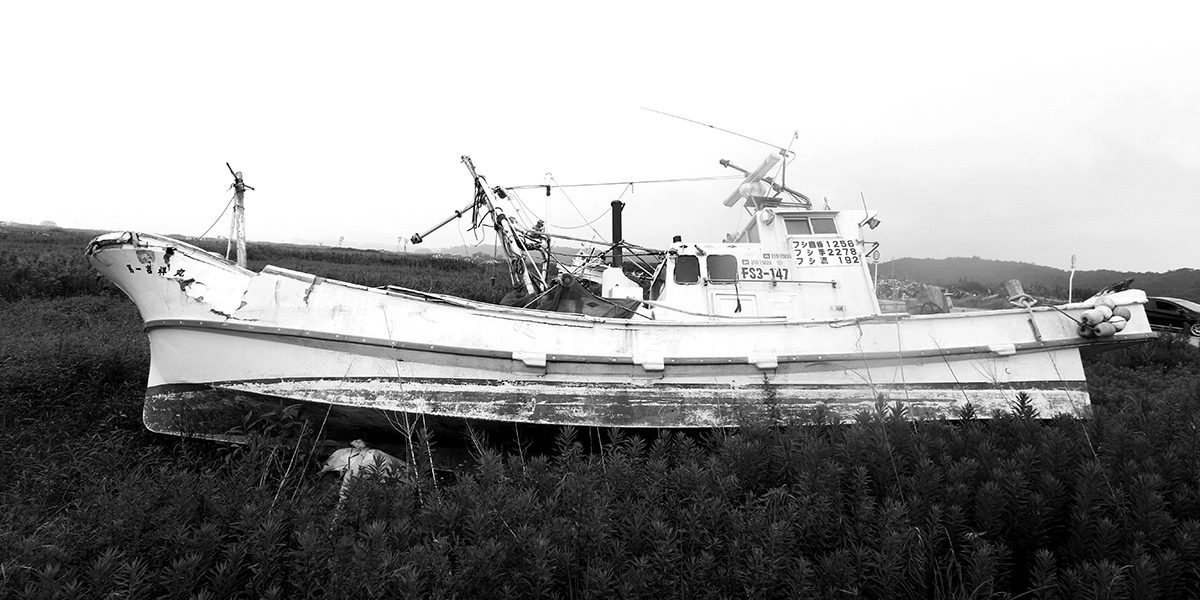
As Fukushima, Japan, still struggles to recover from the 2011 earthquake and nuclear disaster, six students were dispatched to the city to report on the region’s progress and collect stories from local residents.
Funded by a grant from the Sasakawa Peace Foundation, Guadalupe Gonzalez, Gavin McIntyre, Corinne Morier, Lorisa Salvatin, Debbie Svoboda and Natalie Yemenidjian spent two weeks in Japan in August, touring key sites and interviewing residents affected by the disaster. The goal of the project was to develop a series of stories about the residents’ experiences, and raise awareness of the ongoing recovery needs of the area.
When asked about their individual motivations for the trip, recent Journalism graduate Guadalupe Gonzalez says: “My goal is that by reporting on the conditions this community is facing, it will help alleviate their stress and show them they have not been forgotten.”
The team was led by Jon Funabiki, a professor of Journalism and executive director of the Dilena Takeyama Center, and Sachi Cunningham, an assistant professor of Journalism. KALW-FM reporter Allison Budner, also accompanied the students to Japan, and with the students’ help created a series of in-depth stories. The first, “Fear and Eating in Fukushima,” aired November 12.
Students have created a series of stories in a variety of media formats, which will be showcased on a special website and in a public program. The Dilena Takeyama Center also has plans to sponsor a series of public outreach activities around the project, both on and off-campus. These events will likely include a representative from the Fukushima National University, a resident from one of the temporary relocation centers, a leader from a nonprofit organization and/or a journalist.
On March 11, 2011, a triple disaster of previously unimaginable proportions struck the northeastern coast of Japan. It was triggered by a monster earthquake and tsunami that wreaked havoc on towns, villages, farmlands, fishing fleets and the Fukushima Daiichi Nuclear Power Plant, causing a meltdown, explosions and the release of plumes of radioactivity. Nearly 16,000 people were killed and more than 6,100 injured. In the immediate aftermath, more than 492,000 were displaced due to damage or the threat of radiation contamination.
—Lynn Brown
Links
- “Fear and Eating in Fukushima,” KALW-FM, November 12, 2014
- “Students Selected for Fukushima Storytelling Project,” blog post on Dilena Takeyama Center for the Study of Japan and Japanese Culture, June 4, 2014
- Sasakawa Peace Foundation
- Journalism Department
A fishing boat lies in a bed of weeds after being washed inland by the tsunami in Namie, Japan, a region still evacuated due to high levels of radiation. Photo by Gavin McIntyre.